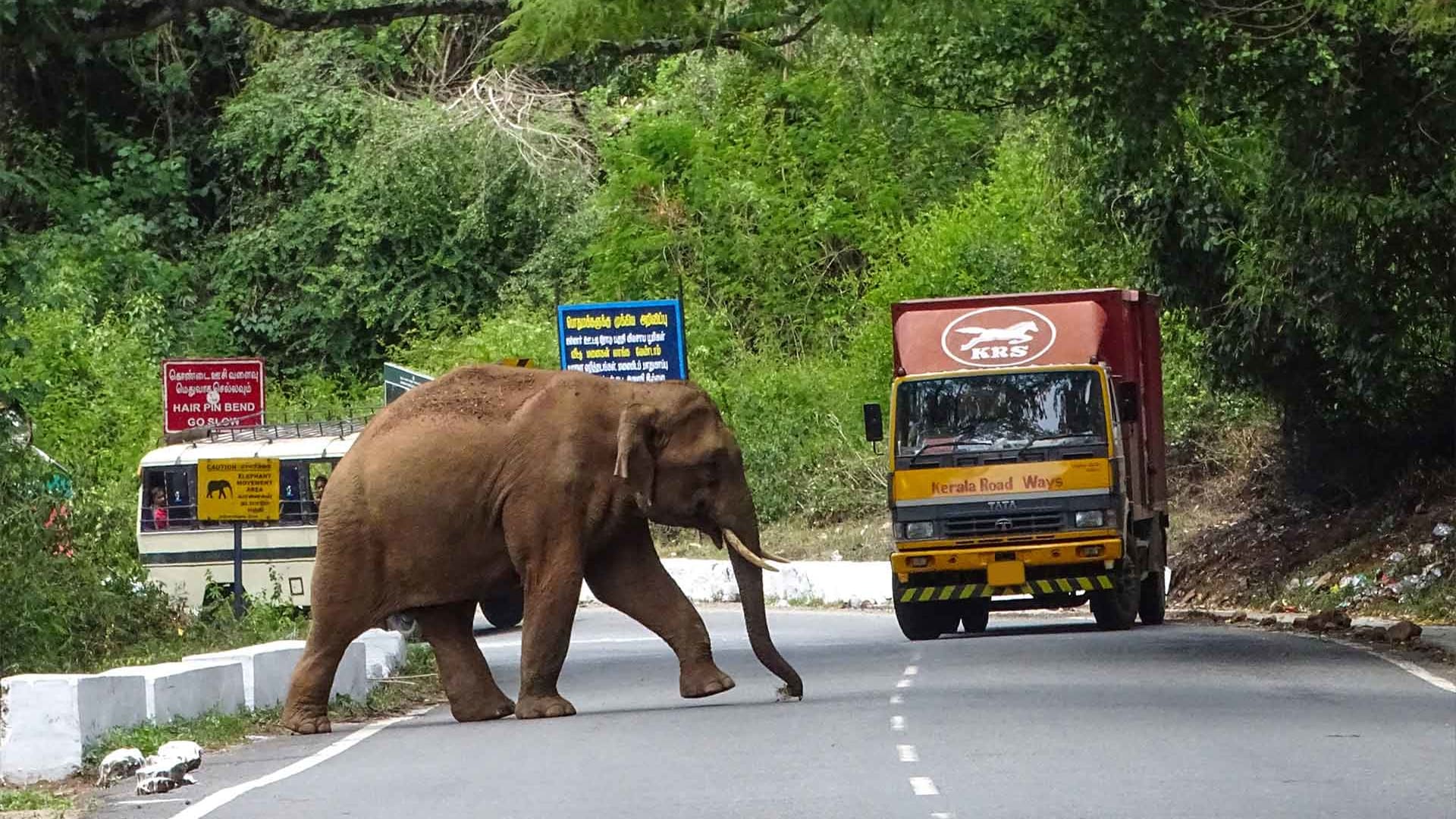The Plight of Sri Lanka’s Majestic Tuskers
With Sri Lanka being home to the Asian elephant, not only is the country known for its stunning landscapes and rich cultural heritage, but also for its majestic tuskers. These tuskers, with their impressive tusks that can grow to significant lengths, have always been a symbol of strength, power, and beauty in Sri Lankan culture. However, their existence is threatened by various factors, including habitat loss, human-elephant conflicts, and illegal poaching for their prized ivory.
The Conservation Challenge: Balancing Tradition and Protection
Preserving the dwindling population of tuskers while respecting cultural traditions that involve elephant captivity and use in festivals poses a delicate conservation challenge. Efforts to protect these majestic creatures need to navigate this fine balance and find sustainable solutions that ensure the survival of the tuskers as well as the protection of their habitats.
A Call for Sustainable Conservation Practices
It is crucial for authorities, conservation organizations, and local communities to work together towards implementing sustainable conservation practices that safeguard the future of Sri Lanka’s majestic tuskers. This includes creating safe corridors for elephant migration, reducing human-elephant conflicts through better land-use planning, and enforcing strict anti-poaching measures to combat the illegal wildlife trade.
Embracing Change for a Brighter Future
Looking ahead, the future of Sri Lanka’s majestic tuskers relies on the willingness of all stakeholders to adapt to changing circumstances and embrace forward-thinking conservation strategies. By raising awareness, promoting responsible tourism, and fostering a deep respect for these iconic creatures, there is hope that future generations will continue to witness the awe-inspiring presence of the tuskers roaming freely in the wild.
Conservation Challenges Facing Sri Lanka’s Elephants
Sri Lanka’s elephants face numerous conservation challenges that threaten their survival and the delicate ecological balance of the region. As one of the largest mammals on the island, these majestic creatures play a crucial role in maintaining biodiversity and preserving the rich ecosystem of Sri Lanka.
Human-elephant conflict is a significant issue plaguing elephant conservation efforts in Sri Lanka. Rapid deforestation, encroachment of elephant habitats by human settlements, and competition for resources have led to frequent confrontations between elephants and local communities, resulting in casualties on both sides.
Poaching for ivory and other body parts remains a persistent threat to elephant populations in Sri Lanka. Despite strict regulations and international bans on ivory trade, the illegal demand for elephant tusks continues to drive poaching activities, jeopardizing the future of these gentle giants.
The loss of natural habitats due to urbanization and agricultural expansion further exacerbates the challenges faced by Sri Lanka’s elephants. Fragmentation of their habitats limits their movement, disrupts traditional migration routes, and isolates populations, leading to genetic stagnation and reduced reproductive success.
To address these conservation challenges effectively, collaborative efforts involving government agencies, wildlife conservation organizations, local communities, and international partners are essential. Implementing sustainable land-use practices, establishing wildlife corridors, enhancing anti-poaching measures, and promoting human-elephant coexistence through community-based initiatives are crucial steps towards safeguarding the future of Sri Lanka’s elephants.
Understanding the Domino Effect on Tuskers
Embark on a journey into the intricate web of interactions that impact tuskers, the majestic elephants roaming the wild. Unravel how changes in habitat, climate, and human activities can set off a chain reaction that affects tuskers and their ecosystem.
The Impact of Deforestation on Tuskers
Deforestation disrupts the natural habitat of tuskers, limiting their food sources and causing conflicts with humans. Learn how deforestation can lead to a ripple effect, affecting the entire tusker population.
Climate Change and Tusker Migration Patterns
Explore the delicate balance tuskers maintain with their environment and how climate change alters their migration patterns. Understand the domino effect climate change can trigger, influencing tusker behaviors and distribution.
Human Intervention and Tusker Conservation
Discover the role of human intervention in tusker conservation efforts. From poaching to habitat destruction, human activities can create a domino effect that threatens the existence of tuskers. Find out how awareness and conservation initiatives can reverse this impact.
